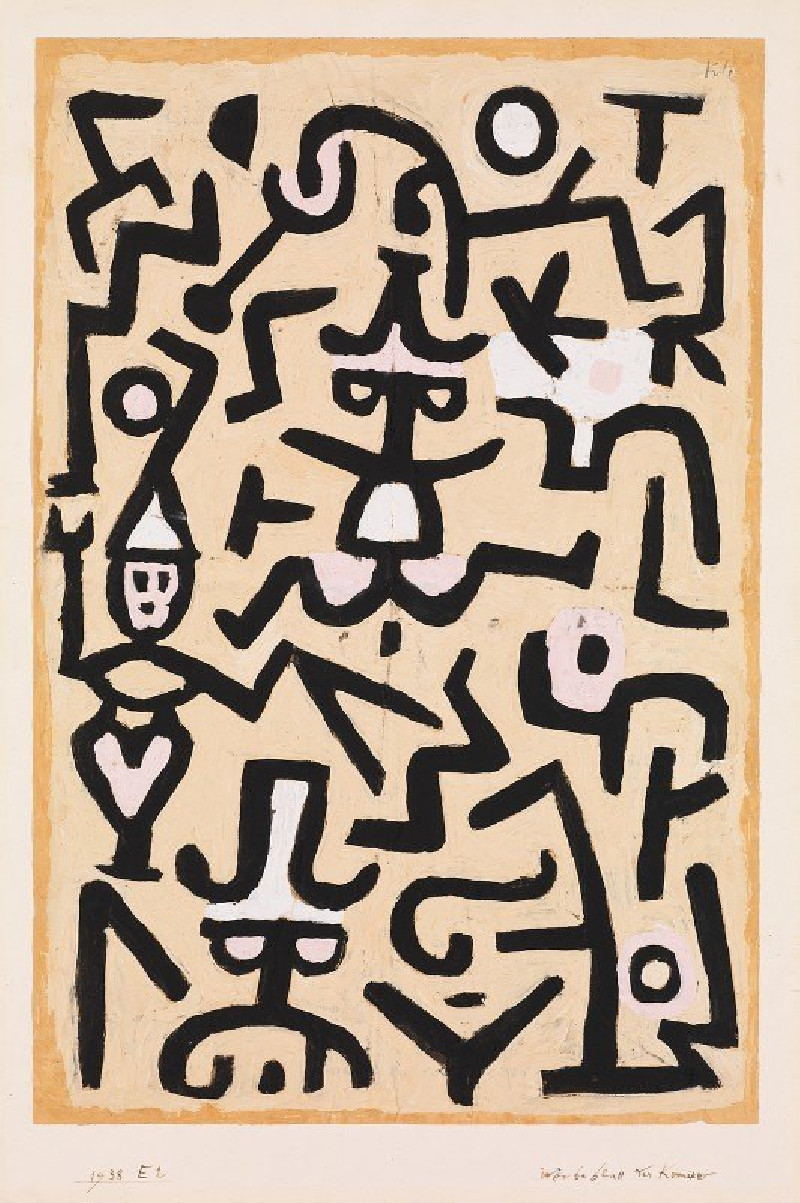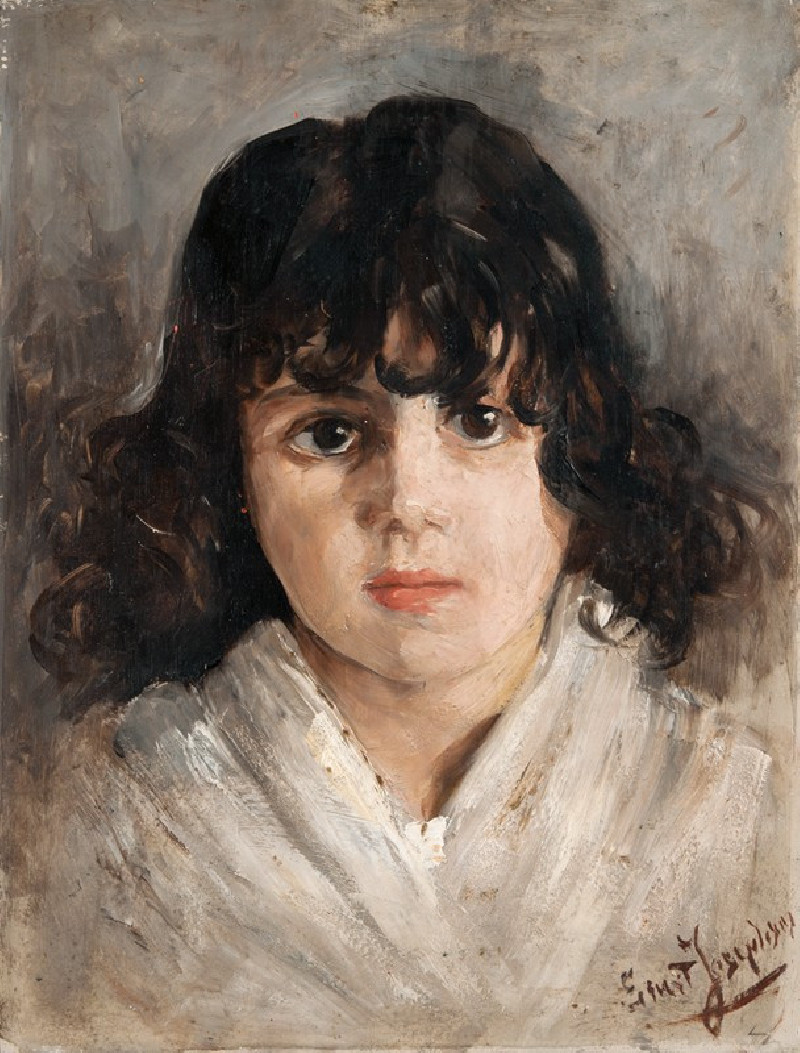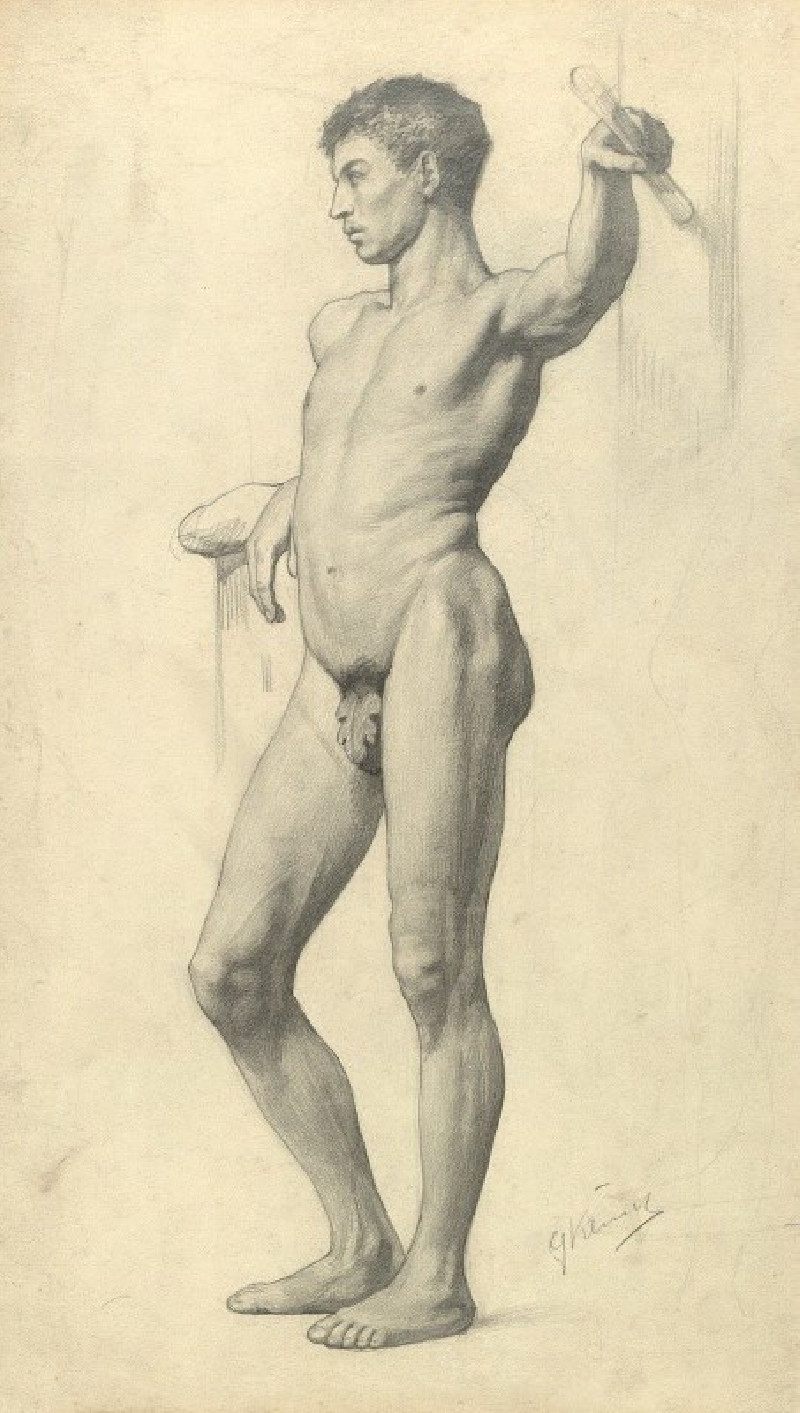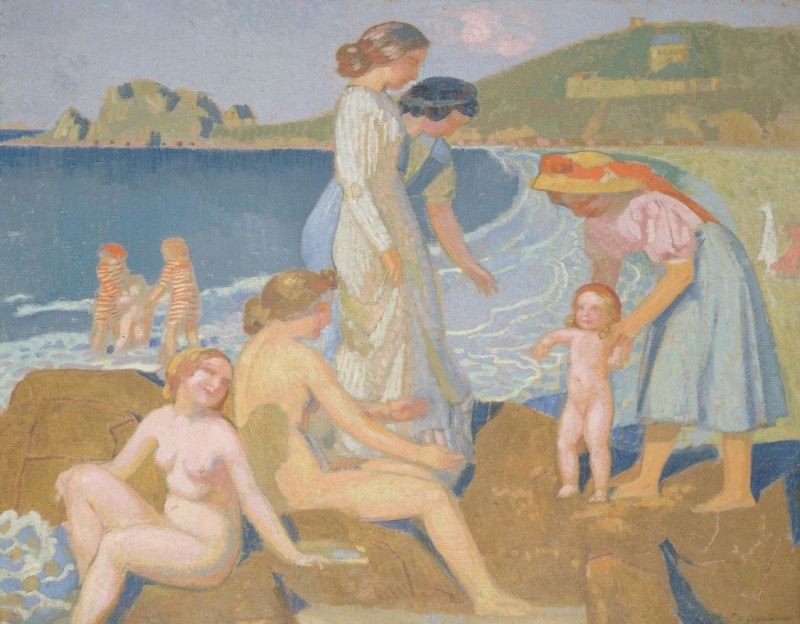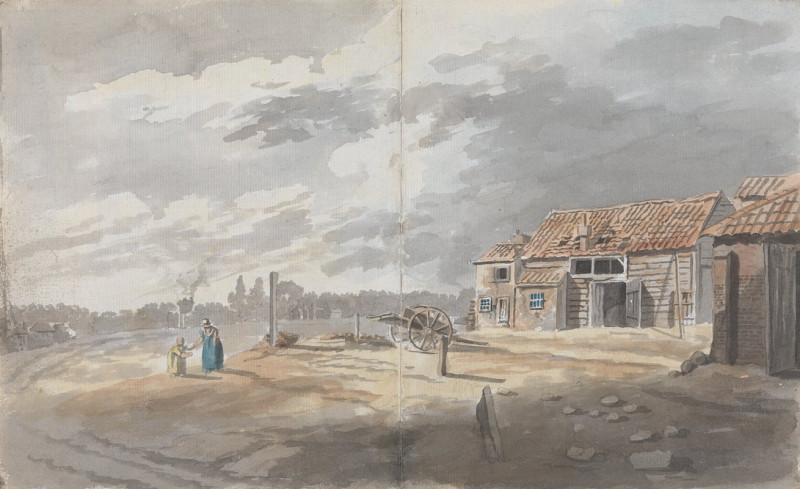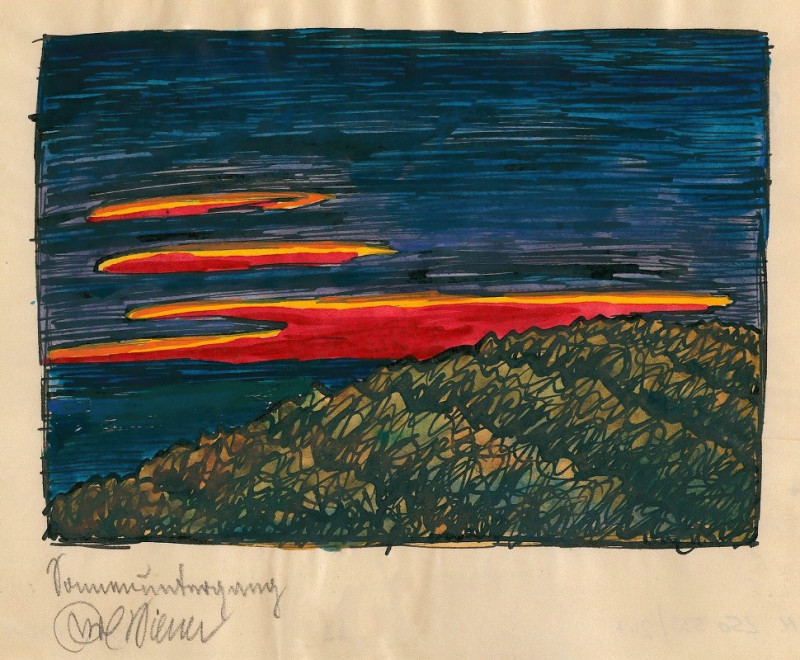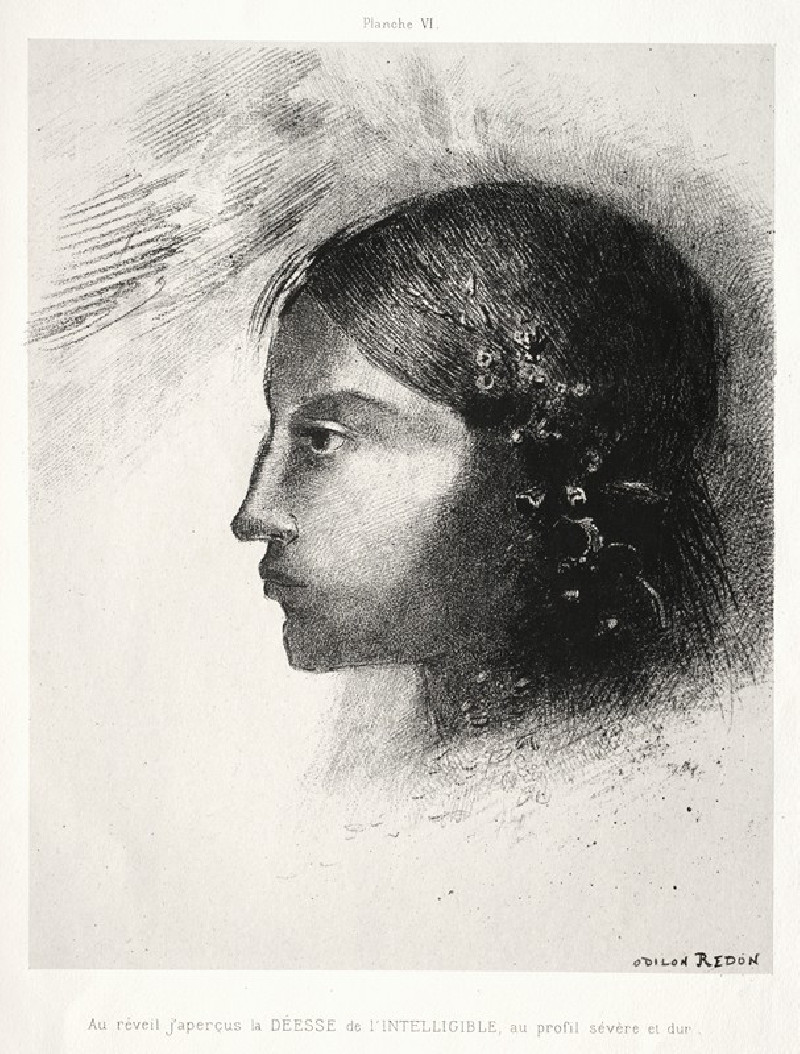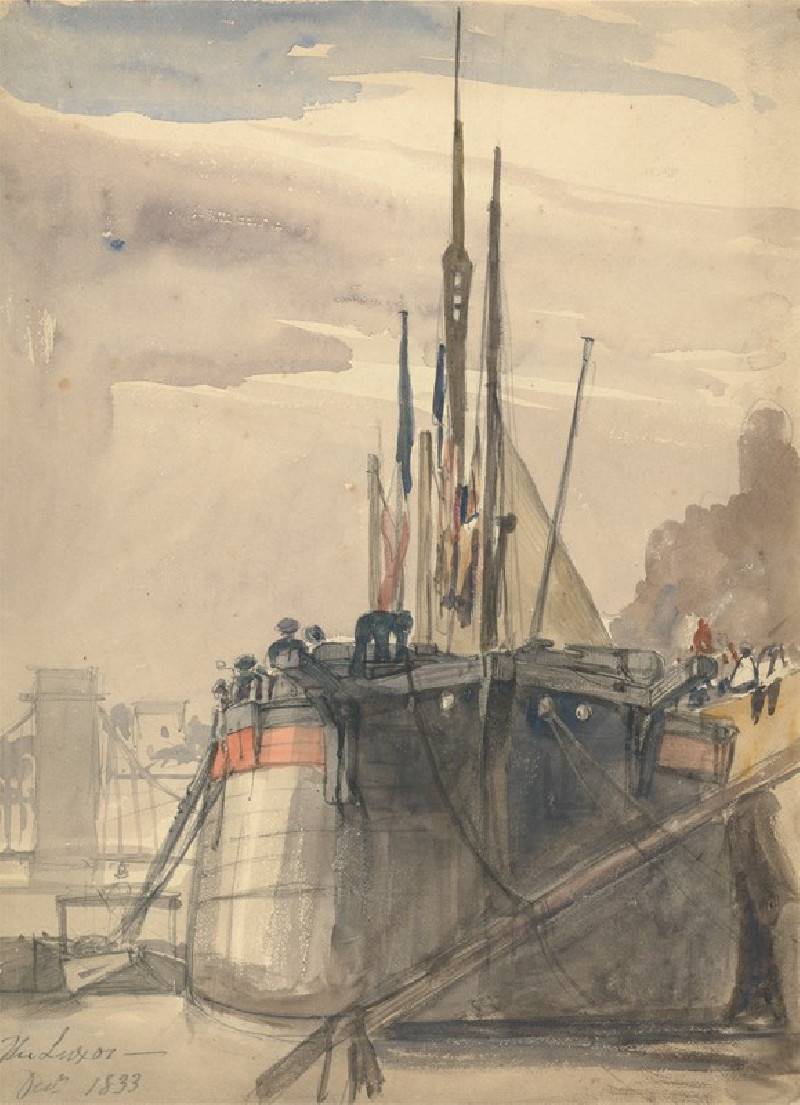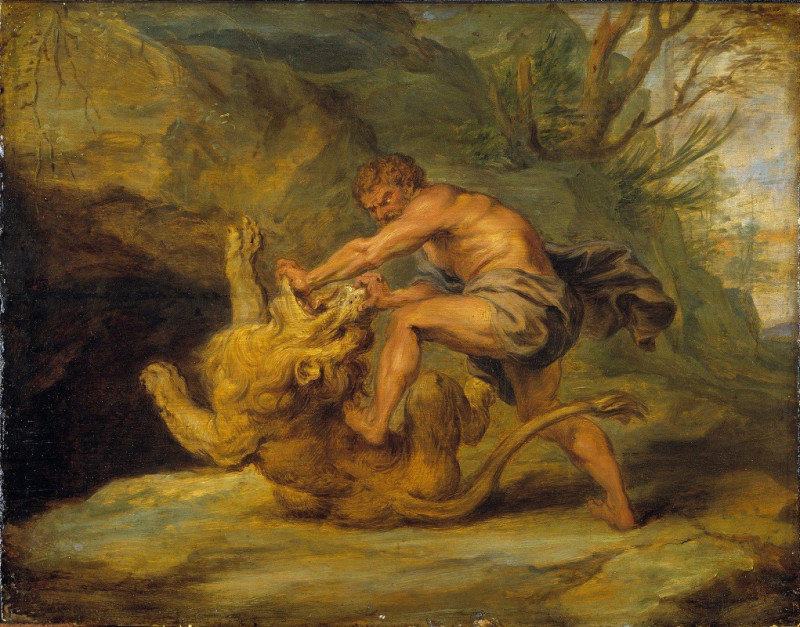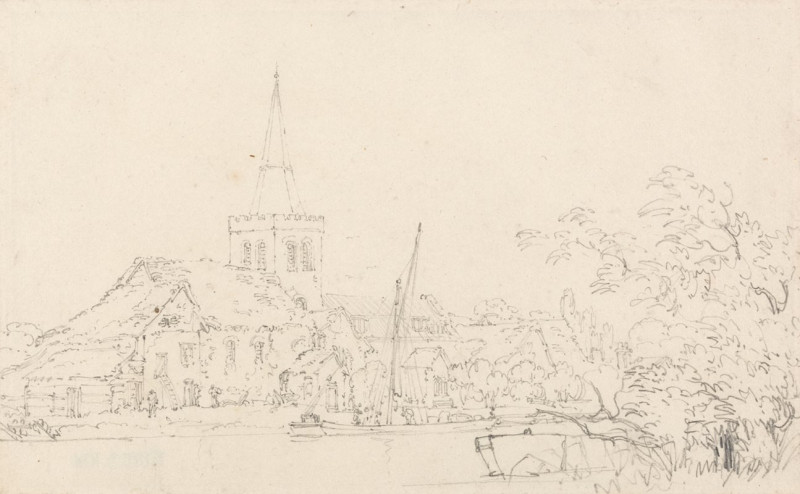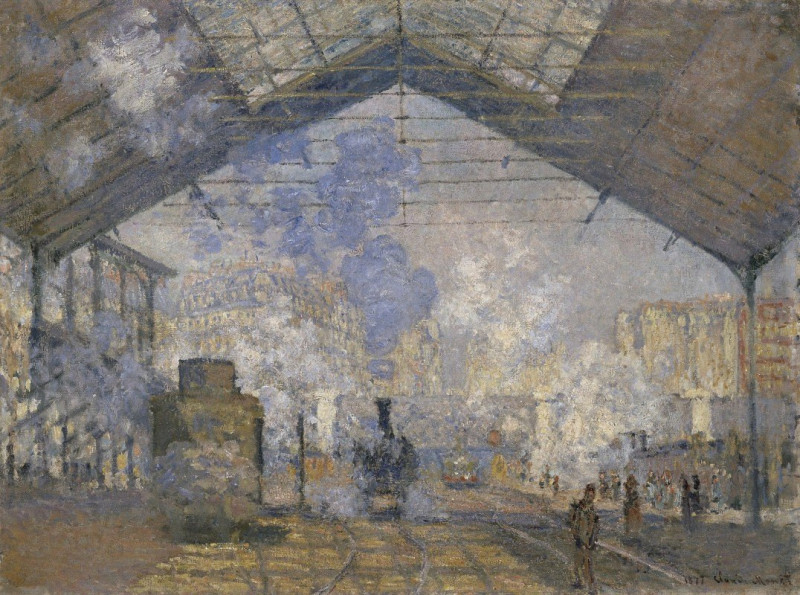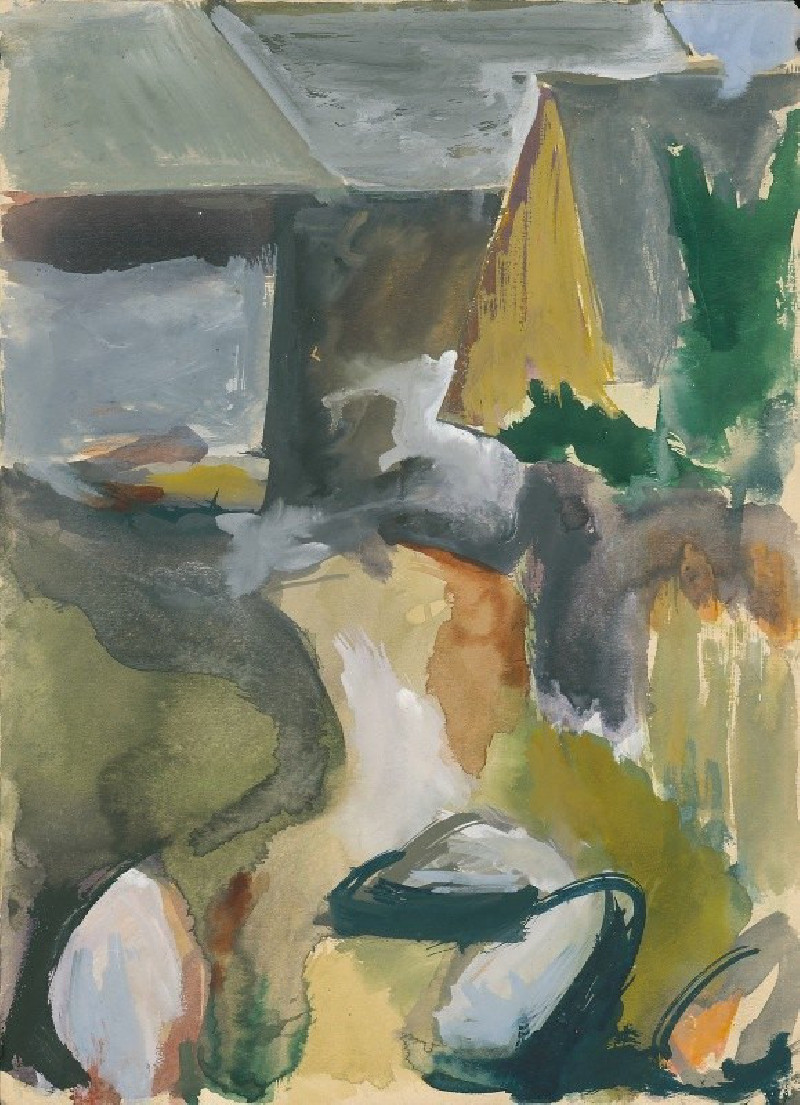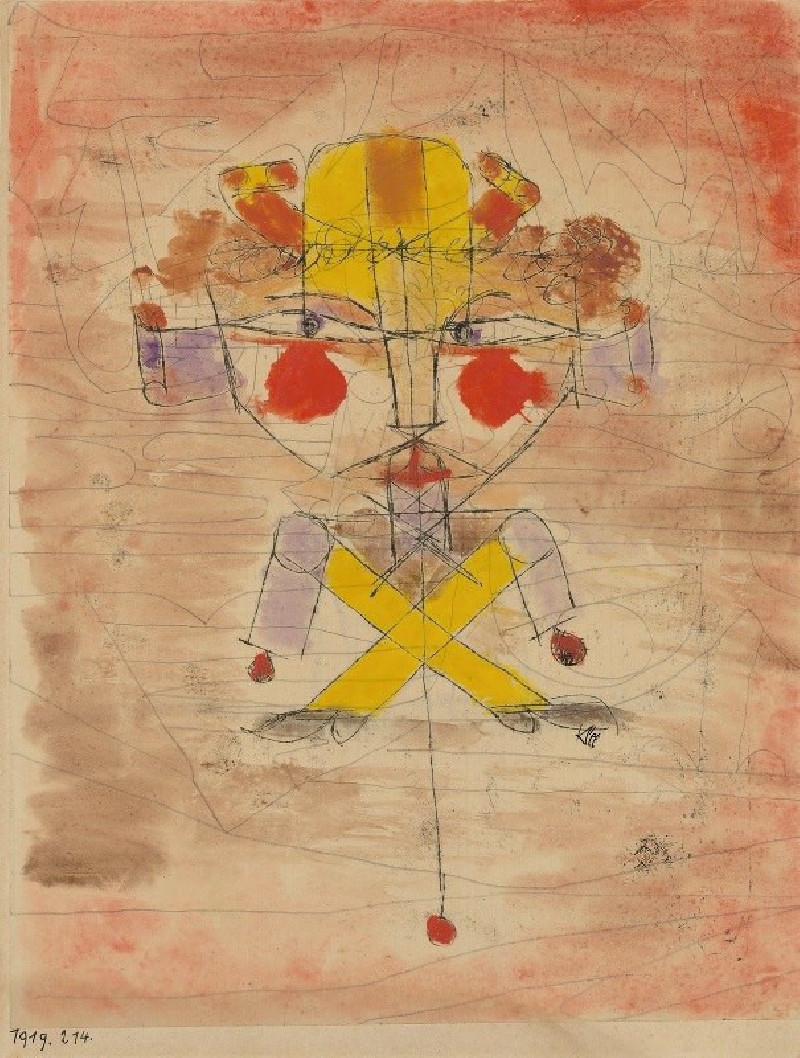Comedians’ Handbill (1938)
Technique: Giclée quality print
Recommended by our customers
More about this artwork
Paul Klee's "Comedians’ Handbill" is a captivating painting that embodies the artist's unique approach to abstraction and symbolism. Created in 1938, this work reflects Klee's profound investigation into the themes of theater and the performative aspects of art.In this painting, Klee utilizes a complex lattice of black lines on a natural beige background to depict a series of interconnected, whimsical figures and shapes. The composition is dense and intricate, featuring elements that suggest faces, figures, and various abstract forms, which together create a lively and dynamic scene reminiscent of a bustling troupe of performers or a vivid, chaotic performance.Central to the painting is what appears to be a large, schematized face, displaying characteristics such as eyes, a nose, and a mustache, which seem to anchor the surrounding chaos. This central figure might represent the master of ceremonies or a leading performer in a cast of characters. The surrounding elements, which include smaller faces and geometric shapes, further contribute to the theatrical and playful atmosphere, evoking the feeling of a handbill used to advertise a comedic performance."Comedians’ Handbill" is a prime example of Klee’s ability to blend abstraction with figuration, imbuing his compositions with a sense of mystery and depth. His artwork invites viewers to explore the layers of meaning and to engage with the piece not just visually, but imaginatively, as they decipher the narrative and characters depicted in this intriguing tableau.This painting is a celebration of creativity and the avant-garde spirit, showcasing Paul Klee's enduring influence in the modern art realm, and his unique ability to convey complex themes through simple yet profound artistic expressions.
Delivery
Returns
Paul Klee was a Swiss-born German artist. His highly individual style was influenced by movements in art that included expressionism, cubism, and surrealism. Klee was a natural draftsman who experimented with and eventually deeply explored color theory, writing about it extensively; his lectures Writings on Form and Design Theory (Schriften zur Form und Gestaltungslehre), published in English as the Paul Klee Notebooks, are held to be as important for modern art as Leonardo da Vinci's A Treatise on Painting for the Renaissance.

